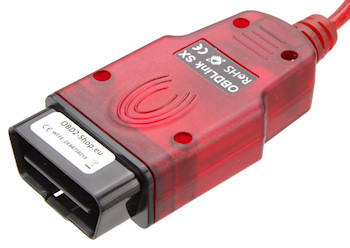Obdwiz Serial Keygen

Nov 15, 2015 - application looks good and runs smoothly. You can also configure the app to quickly initiate tasks by using triggers. OBDWIZ PROFESSIONAL.
Step 2: Connect SX to the PC The LED will turn yellow when you connect SX to the PC’s USB port. Skazki v raznih stilyah rechi. Drivers were not installed properly.
Note: If the drivers for SX do not install automatically, click on the link below to install the driver. Step 3: Locate the OBD-II diagnostic connector in your vehicle The diagnostic connector is always located in or near the interior dashboard of your vehicle. The diagnostic connector will usually be exposed, but sometimes it’s hidden under a decorative plastic cover, or behind an ashtray or coin tray.
The most common location is below the steering column, just below the driver’s dash area. Step 4: Plug SX into the OBD port Don’t use excessive force, but make sure it fits snugly. Can’t find your OBD port? Volodimir vinnichenko kumedya z kostem plan. Visit Step 5: Turn ignition to Key On, Engine Off position On some vehicles the ‘ON’ position is marked with the Roman numeral ‘II’. If there are no markings, turn the key clockwise and stop just short of starting the engine.
The LED will turn green. Note: Vehicles with push button start: press the button without stepping on the brake pedal. Check OBD port, auxilary port, and the cigarette lighter for blown fuses.
Step 6: Launch OBDwiz software Click Start > Programs > OBDwiz > OBDwiz. When prompted, enter the license key. Your license key is printed on the Quick Start Guide included with OBDLink SX. Step 7: Initial Software Setup (Only for XP or Vista users) Click the ‘Auto Detect’ button, circled in red here: OBDwiz will check all known COM ports and baud rate options and auto-configure itself to work seamlessly with your OBDLink adapter.
When Auto-Detect is complete, you will see a dialog box similar to below: Step 8: Connecting to your vehicle Click the ‘Connect’ button (circled in red below): OBDwiz will cycle through all legislated OBD-II protocols and detect which is used by your vehicle. A status screen will indicate progress of the automatic protocol detection: On many vehicles, there are multiple on-board computers (ECUs) that reside on the OBD-II network. Since OBD-II protocol dictates that you can only connect to one ECU at a time, it’s recommended you connect to the ECU reporting the most Supported PIDs first (you can always re-connect and select an alternate ECU). Click ‘Continue’.
Step 9: Accessing Data OBDWiz can diagnose ‘Check Engine’ trouble codes, monitor real-time vehicle performance, check emissions readiness, log trips and much more. To begin exploring these capabilities, click on a task along the left-hand side of the main screen: Each task has multiple tabs that provide more specific information or actions associated with the selected task: Below each tab, you can click on a specific action button.